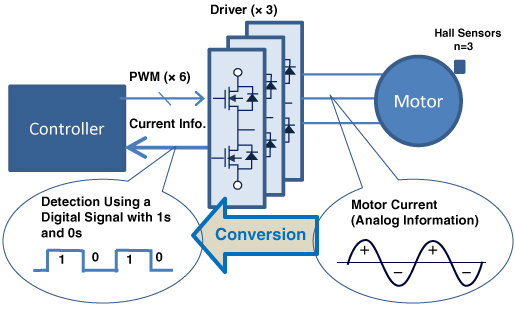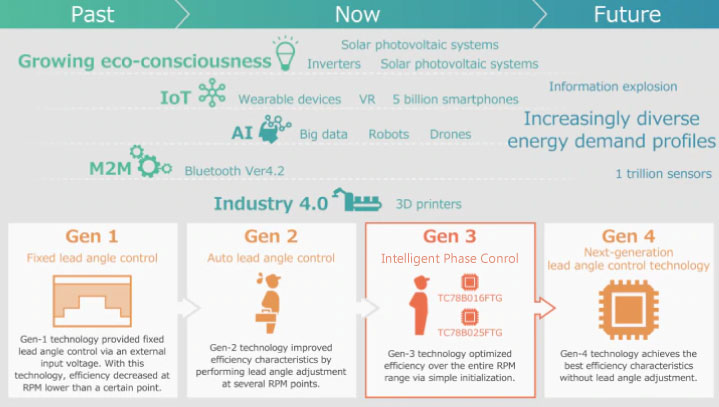- 型号 & 关键词搜索
- 交叉搜索
- 参数搜索
- 库存查询与购买
This webpage doesn't work with Internet Explorer. Please use the latest version of Google Chrome, Microsoft Edge, Mozilla Firefox or Safari.
请输入3个以上字符 Search for multiple part numbers fromhere.
The information presented in this cross reference is based on TOSHIBA's selection criteria and should be treated as a suggestion only. Please carefully review the latest versions of all relevant information on the TOSHIBA products, including without limitation data sheets and validate all operating parameters of the TOSHIBA products to ensure that the suggested TOSHIBA products are truly compatible with your design and application.Please note that this cross reference is based on TOSHIBA's estimate of compatibility with other manufacturers' products, based on other manufacturers' published data, at the time the data was collected.TOSHIBA is not responsible for any incorrect or incomplete information. Information is subject to change at any time without notice.
请输入3个以上字符
智能相位控制技术
智能相位控制
智能相控是东芝独创的电机控制技术,能够轻松节省功率。
在无刷电动机运行过程中自动调节电压和电流相位,无需复杂的软件调节,实现了高效驱动。
传统技术的缺陷

为最大程度提高电机效率,超前角必须使用实际设备进行调整,虽然它的控制是基于霍尔传感器所发送的转子位置信息。
即使当电机控制器/驱动IC具有自动超前角控制功能时,还需要根据电机常数、转速和其它因素调整超前角。因此,还需要一个更好的控制方法以减轻用户的负担。
智能相位控制的优势
智能相位控制检测到电机电流相位并反馈该信息用于自动超前角控制。当电机应用具有传感器时,霍尔信号的相位将自动进行调整以匹配电机驱动电流的相位。
不论电机的转速、负载扭矩和电源电压是多少,都可提高效率。智能相位控制也有助于减少调整超前角所需要的外部零件数量。
自动超前角控制技术利用简单配置实现了高效率
举例:在3,000rpm时,相比于传统的固定超前角控制,智能相位控制可降低电源电流约10%(按照东芝的基准)。
简单可配置型自动超前角控制
减少了超前角控制所需要的外部组件数量,消除了根据电机的操作状态变化进行编程的需求。
| 电机效率 | 编程难度 | 支持多种电机类型 | 元件数 | 缺陷 | |
|---|---|---|---|---|---|
| 固定超前角控制 | 差 | 差 | 差 | 中等 | 电机转速的变化使得调整点发生偏移,这就无法实现最佳的效率。 超前角必须根据各种电机类型进行调整。 |
| 使用传统技术的自动超前角控制 | 中等 | 中等 | 中等 | 差 | |
| 智能相位控制 | 高 | 高 | 高 | 高 | - |
智能相位控制技术的发展


